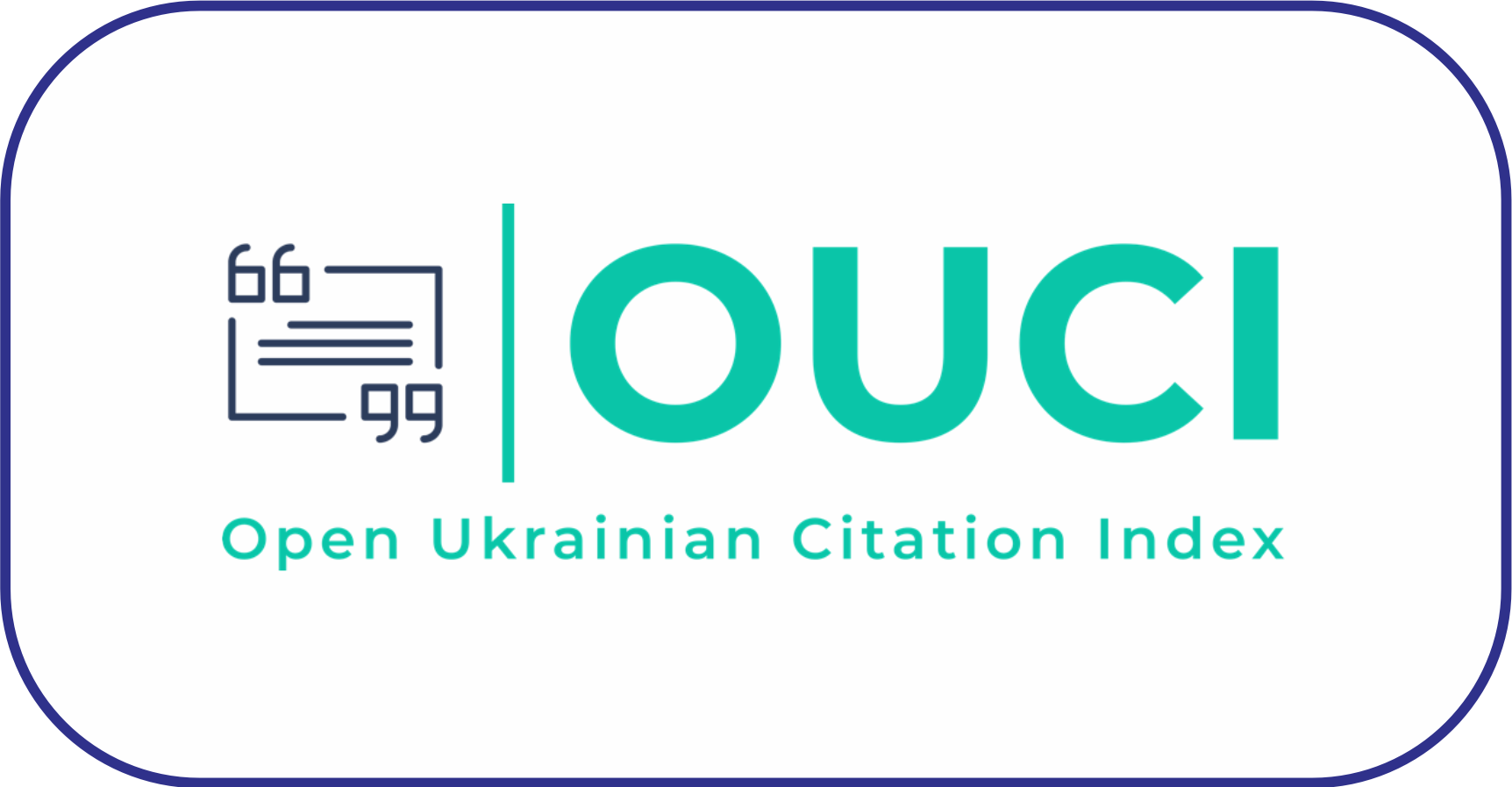Assessing the effect of carbide waste-contaminated soil on the growth and yield of maize (Zea mays L.)
DOI:
https://doi.org/10.63072/aab.24006Keywords:
Carbide waste, Heavy metals, Soil amendment, Yield, Zea maysAbstract
Maize is a critical global staple crop but its productivity is often constrained by soil fertility issues, including waste contaminants. This study investigated the impact of soil contaminated with carbide waste (CW), an industrial by-product rich in calcium hydroxide, probably as a soil amendment to enhance maize growth and yield. Maize was grown in soils amended with 0-160 g/kg of CW in a screen house study replicated 5 times in completely randomized design. Plants (100%) survived at 20 g/kg; 40% at 40 g/kg; and 20% at 60-80 g/kg; with 0% survival under 100-160 g/kg. CW insignificantly (p>0.05) improved plant height, stem girth, number of leaves, leaf size, number of roots and root length at 20 g/kg, and reduced them significantly (p<0.05) at 40-80 g/kg compared to the control. CW also significantly increased vegetative biomass and grain yield at 20 g/kg with significant reduction at 40 g/kg while those that survived at 60-80 g/kg did not produce grains. Grain moisture content increased insignificantly at 20-40 g/kg with ash highest at 40 g/kg. Crude fiber decreased at higher concentrations, and crude protein increased with increasing application level, peaking at 40 g/kg. N, P, K and Ca increased significantly with increasing waste reflecting enhanced nutrient uptake. CW led to grain heavy metal accumulation but below permissible limit in foods. CW at 20 g/kg can be used to enhance maize production while higher concentrations should be avoided as are capable of detrimental effect on the crop with grains’ elevated heavy metal concentrations. © 2024 The Author(s)
Downloads
Published
How to Cite
Issue
Section
License
Copyright (c) 2024 Advances in Agriculture and Biology

This work is licensed under a Creative Commons Attribution-NonCommercial 4.0 International License.


























